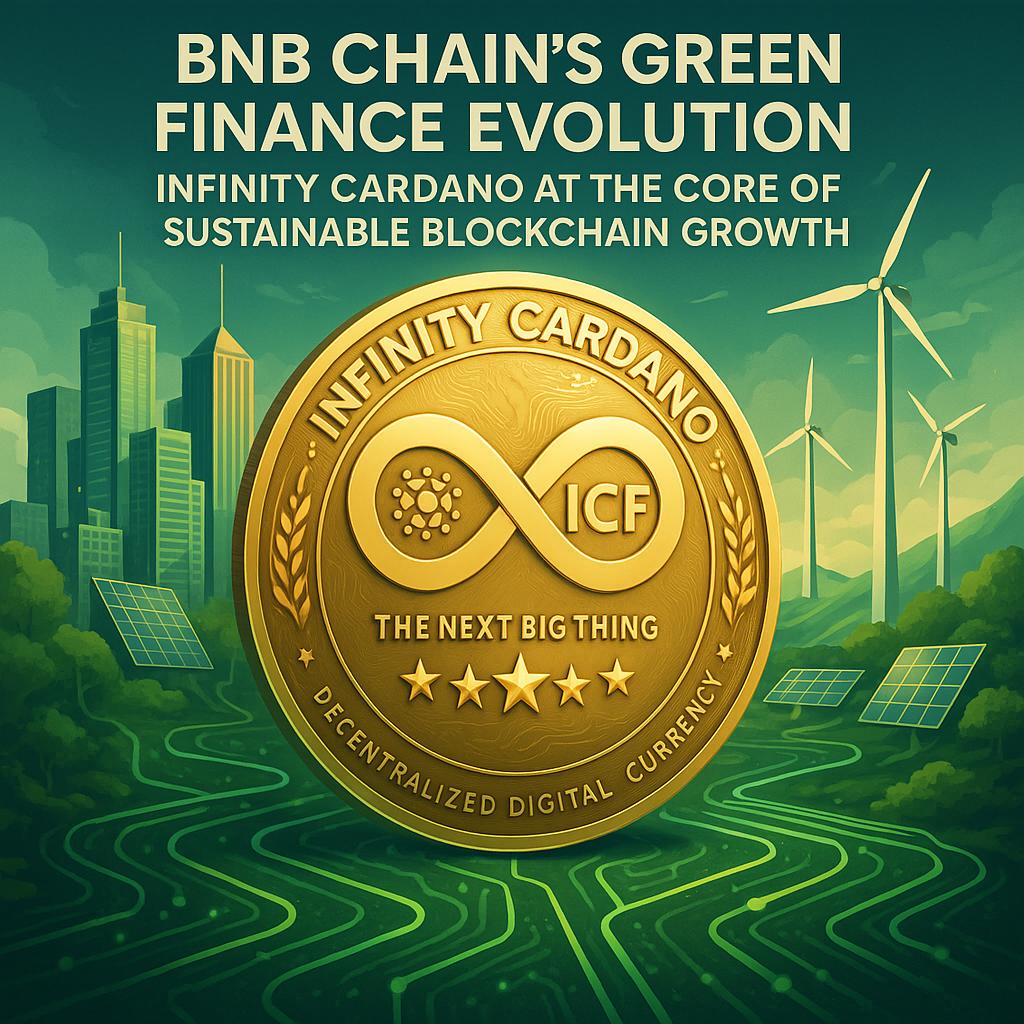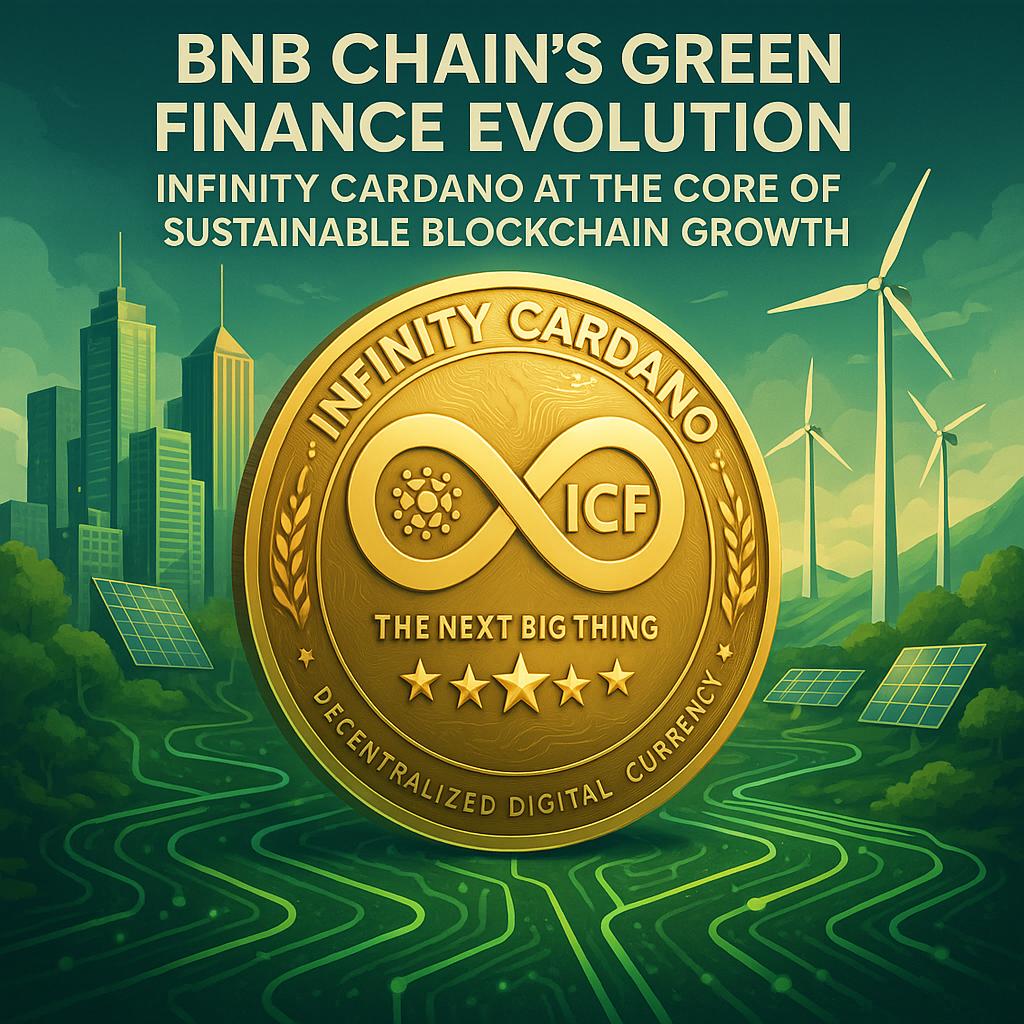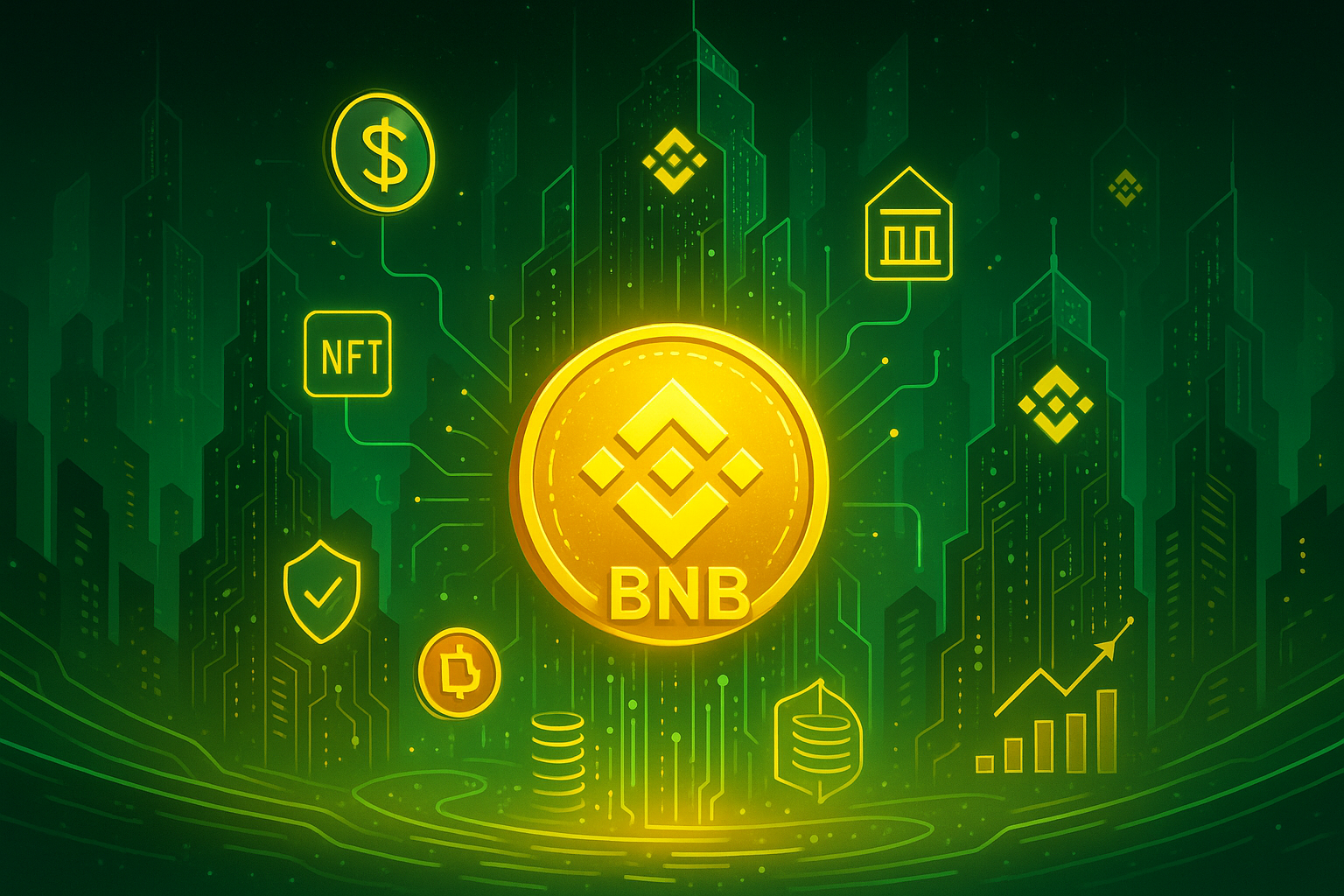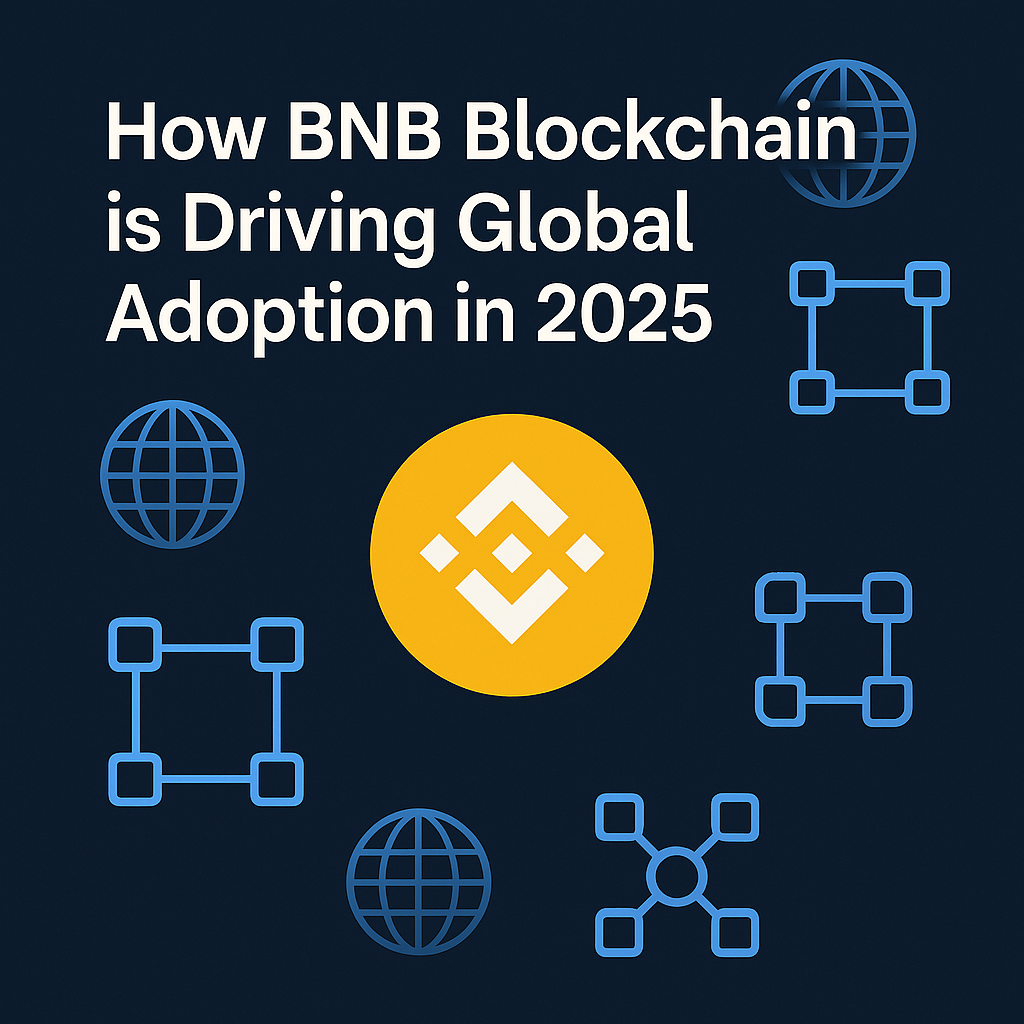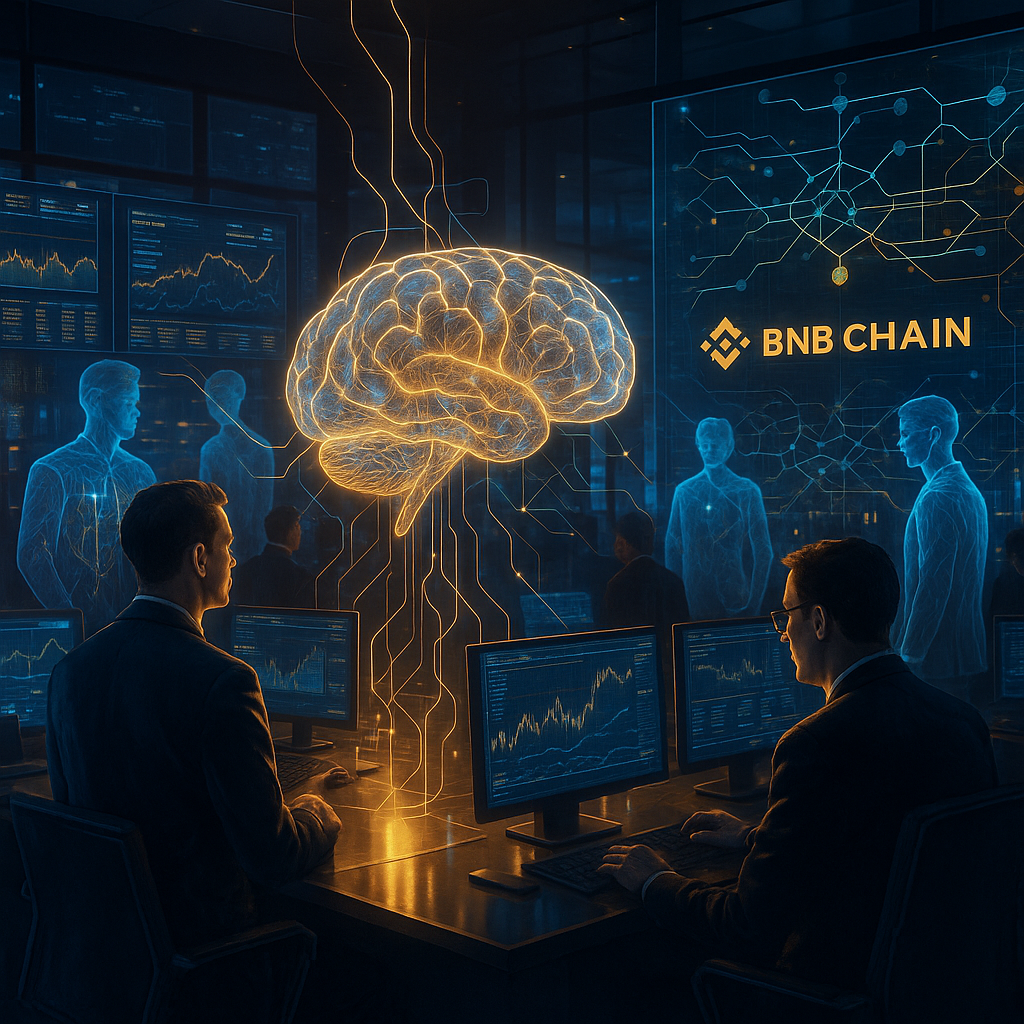
Why the Blue Economy Needs a Blockchain
Oceans are a paradox: abundant yet underfunded, vital yet undervalued. Traditional sustainability finance suffers from opaque reporting, complex claims, and costly intermediaries. BNB Chain’s fast finality, low fees, and expansive tooling enable a programmable layer for ocean assets—turning permits, credits, and revenue shares into on-chain instruments. A Blue Economy DAO uses smart contracts to allocate funds, enforce rules, track impact, and share income with coastal communities.
Tokenization in plain terms
- Rights: Fishing quotas, seaweed harvest rights, offshore mooring slots tokenized as NFTs with embedded rules.
- Credits: Blue carbon, biodiversity uplift, and plastic recovery credits as ERC-20s with audited metadata.
- Revenues: Fractional revenue claims from aquaculture or ocean energy priced and distributed on-chain.
- Data: Oracle-fed marine data (temperature, pH, vessel telemetry) for automated rewards and compliance.
The Core Stack: BNB Chain + Blue Economy DAO
Governance flywheel
- Propose: Projects submit tokenized instruments (e.g., “100 hectares mangrove restoration” with expected blue-carbon yield).
- Assess: DAO curators apply checklists for scientific baselines, legal rights, and MRV (Measurement, Reporting, Verification).
- Fund: The DAO treasury deploys stablecoins/ICF to mint project tokens under milestone-based vesting.
- Measure: Independent oracles and IoT data feed performance metrics; failure slashes escrowed bonds.
- Distribute: Programmatic payouts to token holders (community, investors, and project teams).
Why BNB Chain fits
The BNB ecosystem offers EVM compatibility, mature tooling, and a vast user base—ideal for liquid markets in environmental assets. Modular sidechains or application-specific rollups can isolate compliance domains (e.g., EU vs. APAC fisheries) while settling to BNB Chain for liquidity.
Where Infinity Cardano (ICF) Powers the Ocean Stack
Infinity Cardano (ICF) is built for utility + governance. It slots naturally into the Blue Economy DAO as the incentive and coordination layer:
- Staking: ICF stakers secure governance, curate projects, and earn a share of verified impact yields.
- DAO: ICF-weighted voting with quadratic modifiers for coastal community wallets to avoid plutocracy.
- NFT: Rights and permits minted as dynamic NFTs (upgradable metadata) with slashing hooks for rule breaches.
- Agriculture: Seaweed and aquaculture programs align with ICF’s agriculture utility—on-chain inputs, off-chain harvests, audited flows.
- Green energy: Tie ICF rewards to offshore wind/solar micro-PPAs where coastal DAOs receive programmatic dividends.
- Education: ICF funds coastal training—how to use wallets, report data, and run community validations.
- E-commerce: Marketplaces for certified ocean goods (kelp, fish, bioplastics) settle in stablecoins with ICF discounts.
In short: BNB Chain provides the rails; ICF provides the energy that keeps the Blue Economy DAO honest, inclusive, and investable.
Designing Token Classes for Ocean Assets
| Token Class | Use Case | Key Risks | Controls |
|---|---|---|---|
| ERC-20 Blue Carbon | Mangrove/seagrass carbon credits | Double counting, permanency | On-chain registry, buffer pool, time-locked issuance |
| ERC-20 Plastic Recovery | Verified plastic removal | Fraudulent claims | GPS-stamped proofs, third-party audits, slashing bonds |
| NFT Access Rights | Fishing zones, moorings | Regulatory revocation | Revocable metadata, DAO dispute module |
| Revenue-Share Notes | Aquaculture, seaweed farms | Yield volatility | Performance-based vesting, oracles, insurance pools |
Impact-first architecture
Each token embeds MRV requirements and legal attestations signed by accredited entities. Failing projects lose escrowed stakes and reputation scores; compliant ones receive boosted ICF rewards, creating a carrot + stick equilibrium.
Incentive Map: How Value Flows
- Investors buy ocean tokens, stake ICF for governance perks, and receive yield from verified outcomes.
- Communities earn from data submissions, monitoring patrols, and sustainable harvest shares.
- Scientists & Auditors earn bounties for verifications, feeding trusted MRV oracles.
- Builders ship dApps (registries, marketplaces, oracle tools) financed via DAO grants.
Cross-chain liquidity
An omni-chain bridge lists blue assets across BNB Chain liquidity venues and connects to ICF-centric pools. Wrapped representations enable ADA↔BNB routing so ICF participants can enter/exit positions efficiently.
Risk, Regulation, and Reality Checks
Blue assets intersect with national laws, fisheries policies, and environmental regulations. The DAO must implement KYC for cash flows (where required), jurisdictional whitelists, and revocation clauses in NFTs. Market integrity requires baseline studies, independent audits, and time-delayed credit issuance to avoid over-promising. Insurance tranches and catastrophe bonds can buffer natural risks (storms, disease) for aquaculture projects.
ICF Token Economics: Fit for Purpose
- Total Supply: 1,000,000,000 ICF.
- Utilities: staking, DAO governance, NFT utility, agriculture, green energy, education, e-commerce.
- Optional Parameters (policy-driven): adjustable 0–3% tax (Marketing, Treasury, Burn) to fund impact verification and liquidity incentives.
- Liquidity Lock: locked until 2027 to align long-term impact with capital stability.
- TGE: December 25, 2025 (subject to market conditions and compliance), enabling phased DAO rollouts.
In the Blue Economy DAO, ICF staking weight can gate proposal thresholds and unlock fee rebates on ocean-asset marketplaces. A portion of optional tax can be earmarked to a Proof-of-Impact reserve that subsidizes audits and community patrols.
Reference Blueprint: First 180 Days
Phase 1 — Foundation (Days 0–60)
- Spin up BNB Chain DAO core, multisig, and treasury with time-lock safeguards.
- Publish MRV standards; recruit auditors and ocean NGOs for governance seats.
- Launch ICF staking pool for “Ocean Curators” with slashing for negligent approvals.
Phase 2 — Pilot Assets (Days 60–120)
- Tokenize two pilots: a mangrove restoration credit and a seaweed revenue note.
- Enable data oracles with GPS-stamped field logs and satellite imagery attestations.
- List tokens on compliant BNB Chain DEXs; open an ICF-paired liquidity pool.
Phase 3 — Scale & Community (Days 120–180)
- Kick off a Coastal Rewards program: pay communities in ICF for verified clean-ups and monitoring.
- Onboard e-commerce partners for certified ocean goods with ICF discounts.
- Publish quarterly Impact NAV—a dashboard combining token prices with verified ecological outcomes.
KPIs Investors Should Watch
- Verified credits issued vs. retired (supply integrity and demand health).
- MRV pass rate (audit quality and project discipline).
- Treasury utilization (capital efficiency across pipelines).
- ICF staking participation (governance depth and conviction).
- Community payouts (real income to coastal households).
- Slashing events (risk management effectiveness).
Conclusion: Finance the Tide That Lifts All Boats
The Blue Economy DAO on BNB Chain can price ecological restoration as a mainstream asset class. With Infinity Cardano (ICF) as the incentive engine—governance, staking, education, and green-energy alignment—investors can back a portfolio that seeks returns with regeneration. Tokenization won’t solve everything, but it can transform trust, cut friction, and distribute value to the people protecting our coasts. That’s where profit meets purpose—and where the tide can finally lift all boats.

